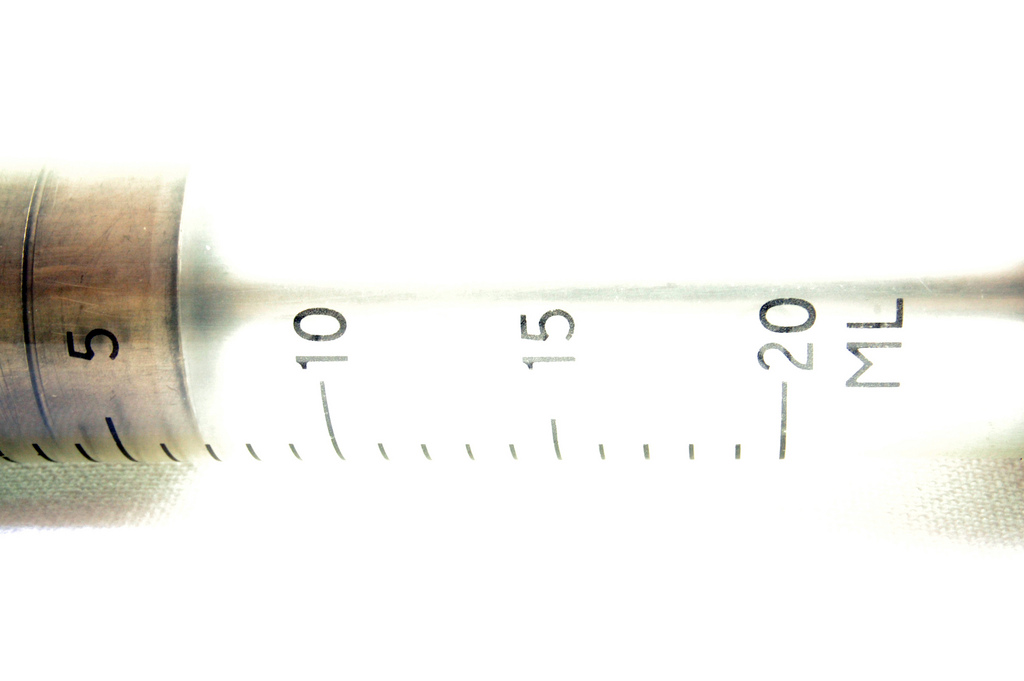[contextly_auto_sidebar id=”Zdwdgy7ERVhR0qj0pL2jmwRUr8TR7VXd”]
New research has revealed doubts about the jailing of a nurse serving 30 years for murdering two patients and harming 15 others, according to a report by Hannah Devlin in the Times today.
Some 18 or more patients suffered respiratory arrests and respiratory depressions while Ben Geen was on duty in the period between December 2003 and February 2004, including two who died in January 2004. Geen, described in the press as ‘a thrill-seeking nurse‘, was arrested and an empty syringe was found in his pocket which was tested for the presence of a muscle relaxant.
According to today’s Times report, his legal team argued ‘that the respiratory arrests suffered by patients were not the “extremely rare” events portrayed at his trial’. Mark McDonald, his barrister, said Geen had been imprisoned for ‘crimes that were never committed but created to fit the circumstances’.
- You can read Richard Gill of the University of Leiden, in the Netherlands on the Geen case, as well as the cases of Lucia de Berk, Susan Nelles and Colin Norris on www.thejusticegap.com (How to become a convicted serial killer (without killing anyone))
- Also watch the Panorama on the Colin Norris case tonight (The Innocent Serial Killer)
According to the Times, ‘a last-ditch attempt’ is presently being made by Geen’s supporters to persuade the Criminal Cases Review Commission to refer the case to the Appeal Court which has already upheld the conviction once. Jane Hutton, of the University of Warwick, told the Times that evidence given at the original trial was ‘of no value in supporting a conclusion there was an unusual pattern, nor a conclusion that any unusual pattern was not a chance event’. Apparently, the CCRC has said that there was ‘a cogent and compelling body of evidence’ pointing to his guilt — ‘notably the syringe in his pocket and the sudden decline of some patients after contact with him’.
‘Dr Malcolm Benson, an ex-medical director at the John Radcliffe Hospital in Oxford who reviewed 5,000 sets of patient notes to help to identify victims, said it was the “unexplained nature of the [respiratory] arrests rather than the number” that convinced him that crimes had taken place. Geen had been the nurse in all the suspicious incidents. ‘
Times, December 15 2014
A circular proof
‘Ben did not get a fair trial,’ argues Richard Gill.
Gill reckons that the evidence against Geen was ‘illegal’ and ‘scientifically flawed’. ‘The “proof” of his crimes is a circular proof. Each link in the circular chain is sealed by medical experts, many of whom are complicit, who should have been considered as suspects or, at best emotionally concerned and involved witnesses; not as independent forensic scientists,’ he comments.
He argues that Dr Benson would have had his own concerns about the reputation of the Radcliffe medical trust. ‘He becomes involved because his colleagues at Horton General are hysterical about a possible serial killer. The police are called in to investigate a possible crime – but is the crime murder, or is it a false accusation of murder against an innocent nurse?’
The statistician cites the case of Lucia de Berk, a Dutch paediatric nurse who spent six years of a life sentence in jail for murdering seven people before being released. ‘Why do we know beyond reasonable doubt that Lucia is innocent? Because an independent multidisciplinary scientific team of medical specialists, toxicologists were finally allowed complete access to complete medical dossiers of key cases,’ Gill says. ‘They discovered that the alleged incident in each of those cases was entirely natural – though in each case there was a heap of medical errors and all kinds of important information had earlier been withheld from the courts.’
‘Just as in the Lucia case, this case starts with the hospital handing over the murderer,’ Gill argues. ‘After that it is just the job of “the law” to find the murders, and prove that the murderer committed them.’
‘Usually, murder cases start with an evidently murdered person. And the police are called in to find out who did it. Now it is the other way round. The police are completely dependent on the story told by the medics. As we know, “medical collegiality” means that that story will be very consistent. No one will break ranks and tell a different story.’
Richard Gill
Gill takes challenges the assertion that Geen had been the nurse in all the suspicious incidents.” ‘Of course, he was. I suspect that Geen simply being there led to an incident of some kind being called an “incident” at all, and then led to it being called “unexplained”, and from there it became “suspicious”.’ This, he says, was also how it went on in the case of Lucia de Berk. ‘There are numerous cases for which Geen was convicted where it is absolutely clear medically that nothing weird happened at all,’ he says.
‘Unfortunately Ben will never get a fair trial till some medical experts start speaking out on his behalf. I am afraid that their ranks are closed. How did Lucia get a fair re-trial? There was a medical whistle-blower, well placed in society and with inside knowledge who fought for seven years.’
Richard Gill








